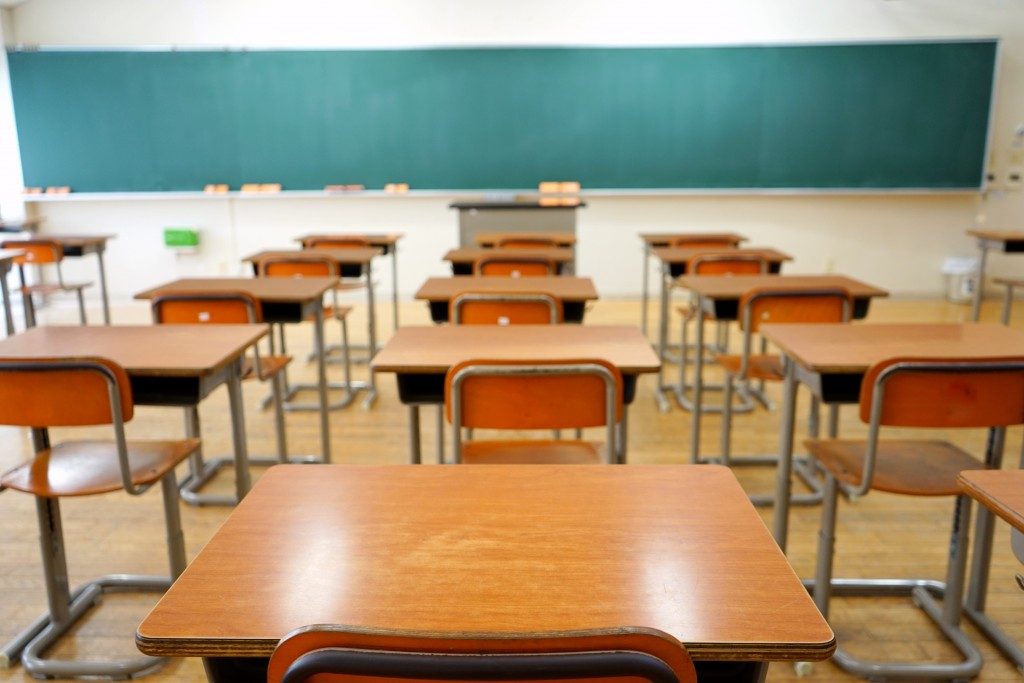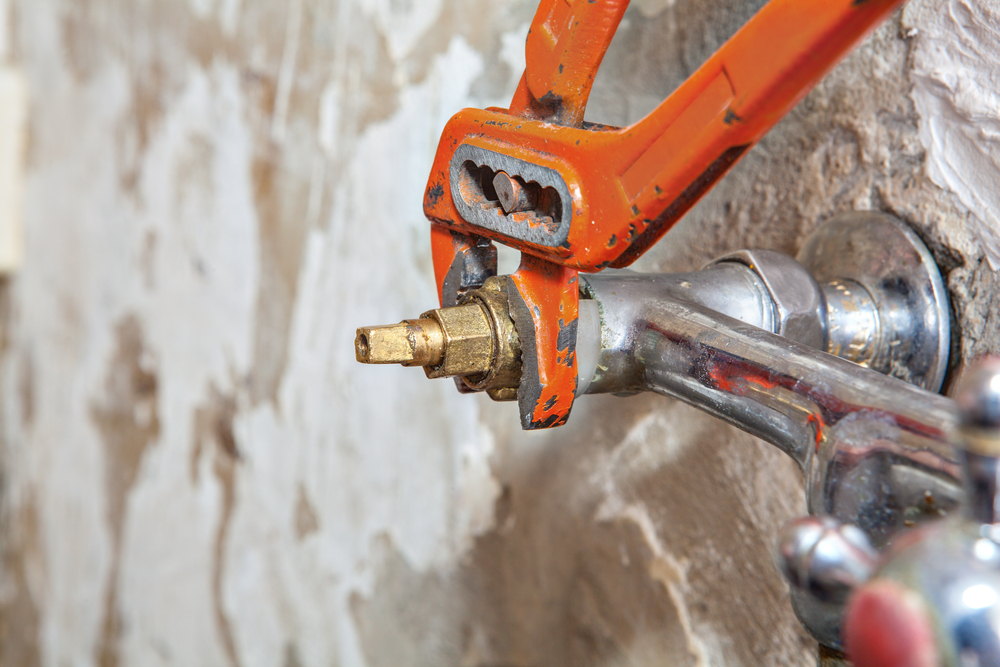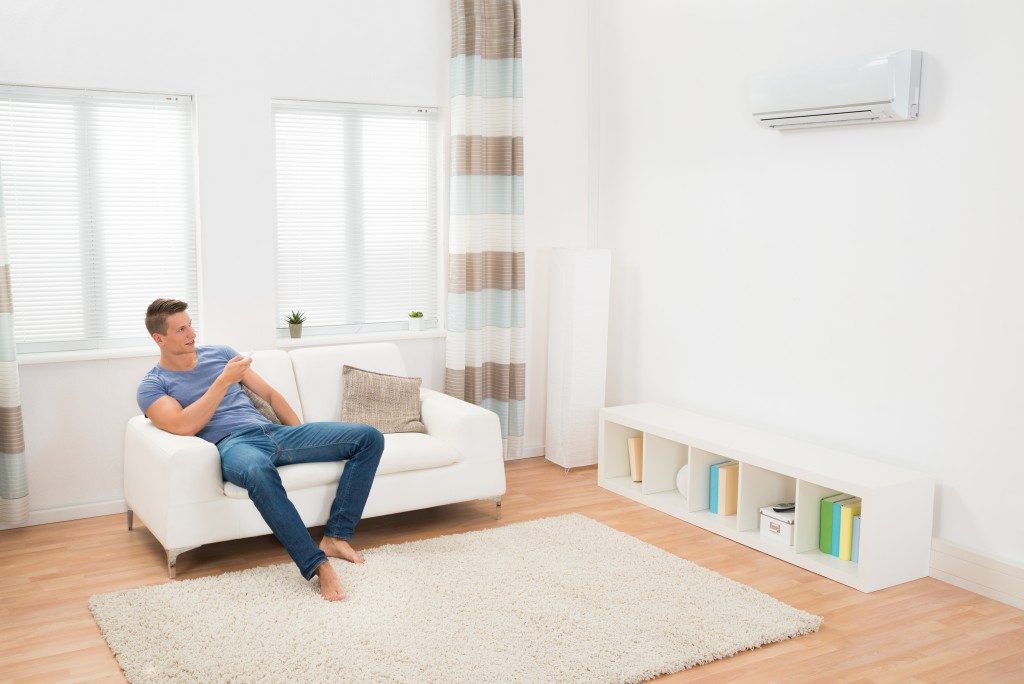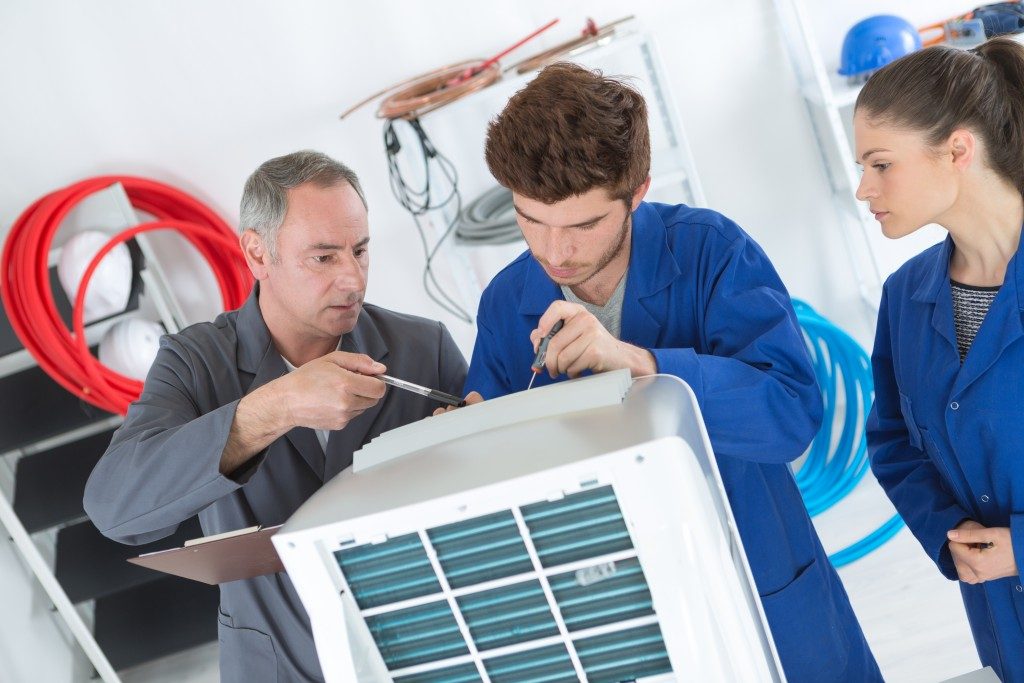A student in the United States spends an average of eight hours in the school building, which needs to be both safe and clean. The problem is that maintenance, especially in the public school setting, can be expensive. Many prefer to defer the costs, which can have costlier implications later.
The Cost of Maintenance Deferment
A 2016 National Clearinghouse for Educational Facilities (NCEF) report revealed the staggering costs of operating and maintaining a school building in the United States. Facilities meant for K-12 students can require a budget of $145 billion annually. To upgrade the equipment and finishes, the country has to allocate $77 billion each year (at 4% current replacement value). The costs of ensuring that everything is in working order can reach up to $58 billion. In other words, it’s not cheap.
Compounding the problem is the fact that the education budget is not limitless. Trump’s administration aims to reduce the discretionary spending to $63.2 billion by fiscal 2019. It will then be almost 6% lower than in 2018.
Thus, it is not surprising that many schools prefer to defer the costs of maintenance. They either postpone the upgrade or repair until they have a budget or wait until they can add it in the following year’s budget.

Suspending the maintenance of a facility helps keep its budget afloat. It can then let them set aside the maintenance costs to other essentials, such as teacher’s pay. The long-term effects, however, can only make the problems even worse. According to the National Boards Association, deferment can lead to the following:
- Limited access to the school for the students as the administration might have to shut down the facility for days
- Increasing maintenance costs (a dollar’s worth of deferred maintenance can equal to over $3 increase in capital renewal)
- Likelihood of emergency repairs, which can be up to four times costlier than regular maintenance
- Accelerated aging of the building, which can make it unsafe for the children, parents, and staff
Making Maintenance Cheaper
The long-term solution to maintenance budgets requires strategic planning and political will. Schools, however, can take some steps to save money. These include the following:
Cladding – Exterior cladding is one of the efficient ways to update the facade of the building for a better value for money. Systems from companies such as qcfacades.com can improve structural integrity. The honeycomb panels can also add a layer of protection from environmental elements such as rain and snow.
Energy Upgrades – Upgrading the heating, ventilation, and air-conditioning (HVAC) systems can help the school reduce energy costs. Schools tend to spend almost a dollar for every square foot. By choosing energy-efficient solutions, they can reduce it by nearly half. A good example is changing from standard to double-glazed windows. These use at least a pair of glass panels that help improve the insulation. In turn, schools spend less on heating and cooling.
Outsourcing – American School & University also recommends outsourcing. One of the options is to allow private businesses to run certain sections of the school, such as the cafeteria. By doing this, the school passes on the responsibility of maintenance to these contractors.
While maintenance delay can be a short-term solution, it’s not the wisest in the long run. Schools can look into other cost-cutting methods to support their budget and meet the needs of the kids.




